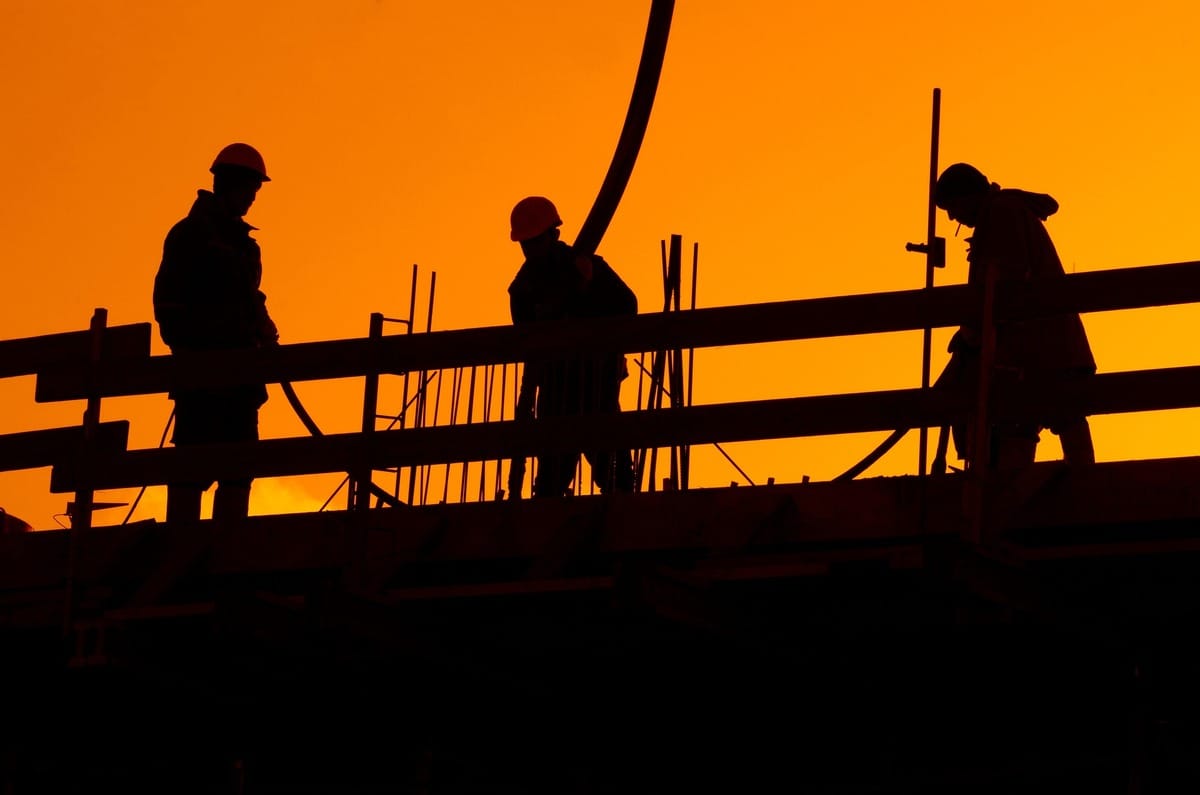- Full Brim Safety
- Posts
- Managing Moving Loads & Equipment - Beyond the Machine
Managing Moving Loads & Equipment - Beyond the Machine
Full Brim Safety: Build Smart, Build Safe

Managing Moving Loads & Equipment - Beyond the Machine
Welcome back, let's Build Smart & Build Safe! We've covered the dangers of falling objects. Today, we're focusing on another major "struck-by" hazard: moving loads and equipment, even beyond the heavy machinery we discussed previously.
On a construction site, materials are constantly being moved. Whether lifted by a crane, transported by a forklift, or swung by an excavator, any moving load or operating piece of equipment can become a crushing or striking hazard if not managed correctly.
1. General Material Handling Equipment: Be Aware of Their Path
Forklifts & Telehandlers: These machines carry significant weight and have limited visibility, especially when loaded. Always assume the operator cannot see you.
Hoists & Pallet Jacks: Even smaller equipment moving materials manually or mechanically can cause crush injuries if a load shifts or a pathway is blocked.
Maintain Distance: Keep a safe distance from any equipment that is actively moving materials.
2. Swinging Loads: The Danger Zone of Suspended Material
Cranes & Excavators: When these machines are lifting or swinging loads, they create a large "swing radius" or "fall zone" around them.
Never Walk or Stand Under a Suspended Load: This is a cardinal rule. If a load shifts, drops, or swings unexpectedly, you are directly in harm's way.
Clear the Area: Ensure the area beneath and around any suspended or swinging load is clear of all personnel.
3. Clear Paths: Keep the Routes Open and Safe
Designated Travel Paths: Where possible, establish and maintain clear, designated travel paths for material handling equipment.
Keep Pathways Clear: Ensure these paths are free from obstructions, debris, and unnecessary personnel. Good housekeeping is critical here.
Site Layout: Plan the site layout to minimize instances where equipment must maneuver in tight spaces near workers or other hazards.
4. Communication is Key: Operator-Ground Crew Connection
Signals: Use clear, standardized hand signals (or radio communication) between equipment operators and ground personnel (e.g., riggers, spotters). Ensure everyone understands these signals.
Eye Contact: Whenever possible, make eye contact with the operator to acknowledge your presence before approaching or working near moving equipment.
Horn Signals: Operators should use horn signals (e.g., two blasts for forward, three for reverse) to alert ground personnel of movement.
5. Spotters: Your Extra Set of Eyes
When Required: A trained spotter is essential whenever an operator's view is obstructed (e.g., backing up, working in congested areas, or when clearances are tight).
Visible & Qualified: Spotters must be highly visible (e.g., high-vis vest), maintain constant visual contact with the operator, and be trained in proper signaling.
Operator's Authority: The operator must stop if they lose sight of the spotter or if signals are unclear.
Managing moving loads and equipment safely requires constant vigilance, clear communication, and defined procedures. Tomorrow, we'll focus on broader site traffic and vehicle management, including separating pedestrians from traffic.
Don't forget to sign your friends up for Full Brim Safety for your daily dose of construction safety tips!
-The Safety Man
